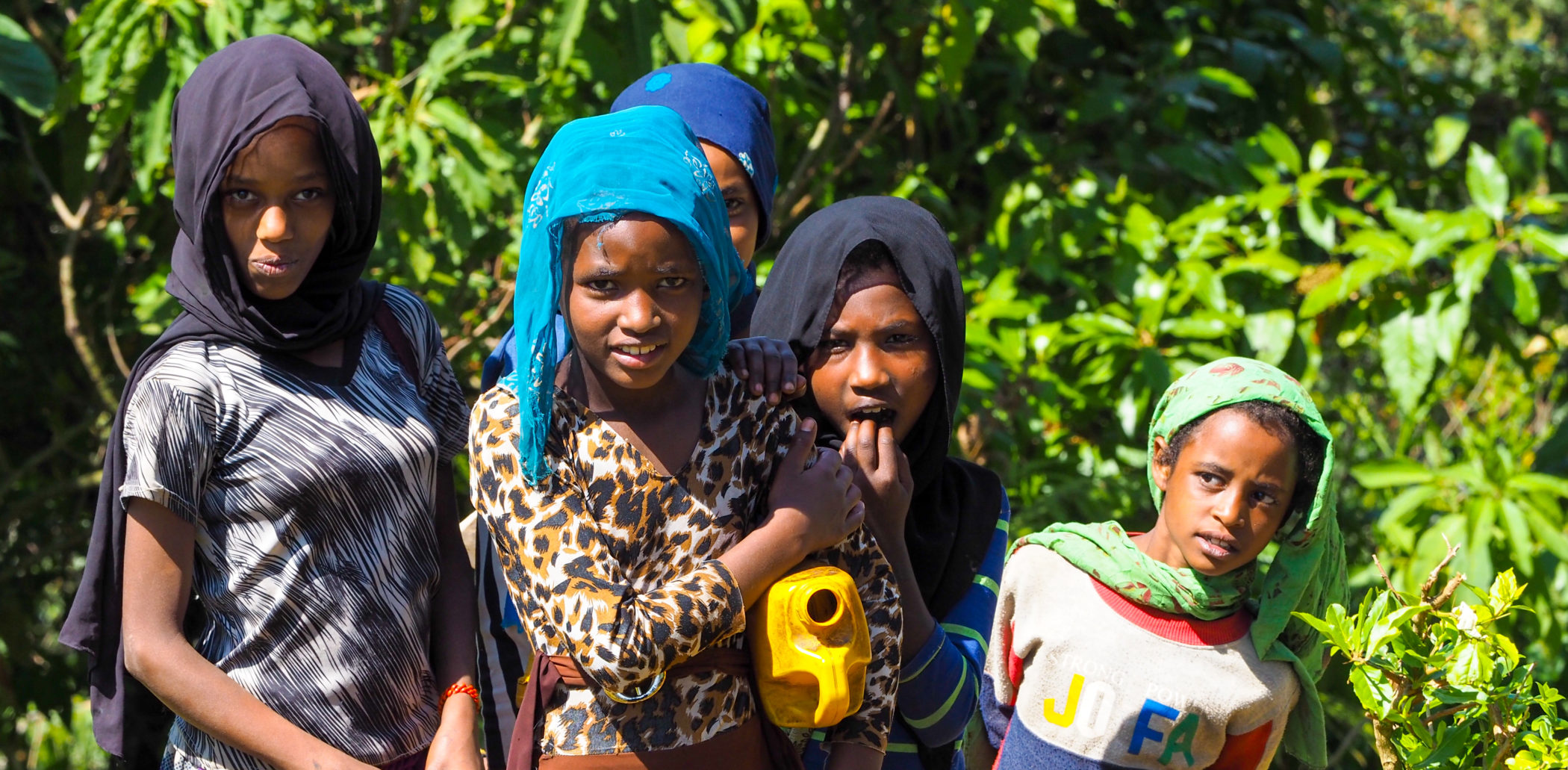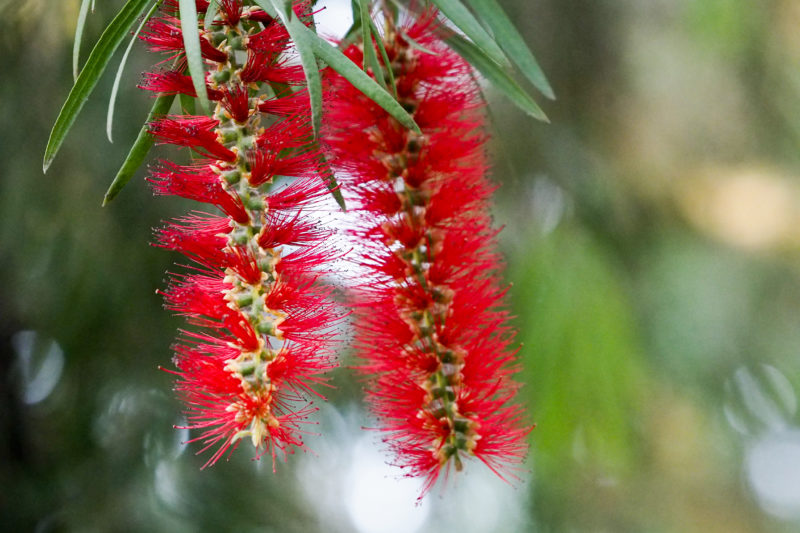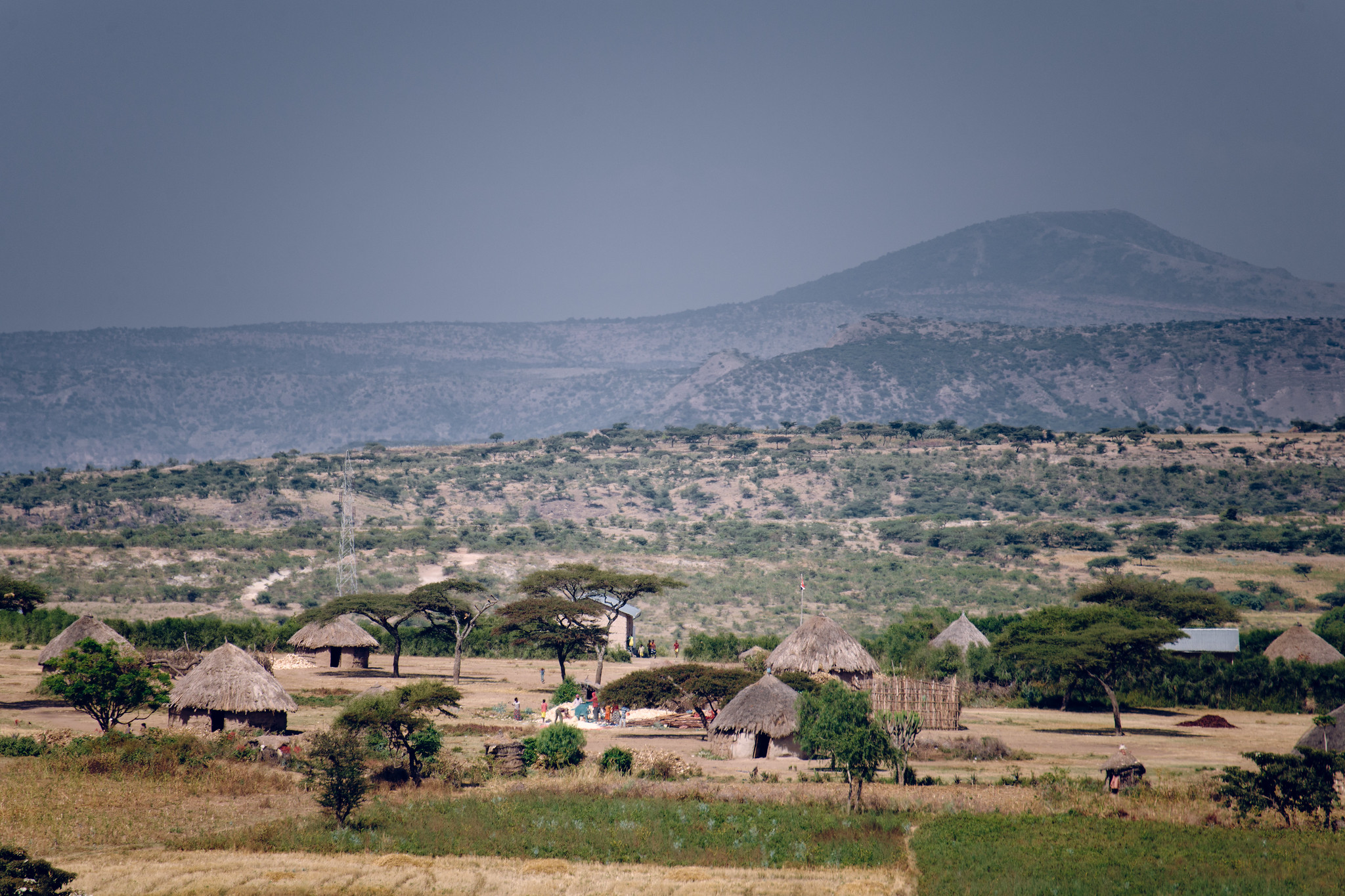Ethiopia
Every twelve seconds the Ethiopian population increases by one person, according to the UN. This means that the pressure on forests, bidiversity and water is enormous. Still Ethiopia has launched ambitious plans to develop from a low to a middle income country, without depleting its natural recourses and while keeping climate gas emissions stable.
Norway is trying to help Ethiopia reach these goals.
Every twelve seconds the Ethiopian population increases by one person, according to the UN. This means that the pressure on forests, biodiversity and water is enormous. Nonetheless, Ethiopia has ambitious plans to transform from a low to a middle-income country, without depleting its natural resources and while keeping climate gas emissions stable.
However, over the last decades, droughts and humanitarian crisis have struck Ethiopia with frightening regularity. When climate change strikes with full force, Ethiopia will be at the front line.
Several plants used by both local and western medicine to stop infections and inflammations, fight cancer, relieve pain and provide other health benefits are found here.
Tens of mammals, hundreds of birds and thousands of reptiles are found only here. These forests are home to the Arabica coffee. They provide food, firewood, water and shade for the people living here. The Bale Eco-region in the southeast part of the country functions as the main water tower for millions of people in Ethiopia, Somalia and northern Kenya.
Without the forests, regional rainfall patterns in the mountains may change dramatically and local climate in the lower areas may change from relatively temperate and pleasant to burning hot, dry and inhabitable.
A hundred years ago, about 1/3 of Ethiopia was covered with forests. Today forests cover only about 15%, or 170.000 km2, of Ethiopia’s total land area. The remaining forest is under immense pressure, and urgent action is needed to save what is left.
Small-scale farmers in Ethiopia have been clearing forest for decades in order to grow food for their households. They have collected firewood, burned charcoal and felled trees to construct their houses. The country’s massive cattle population, fifth biggest in the world, mainly graze freely, and so also disturb the forest and hinder regrowth.
But even construction of roads, railroads and dams have gradually chopped away at Ethiopian forests.
The Climate Resilience Green Economy Strategy – CRGE – includes a plan to reduce climate emissions by 64% compared to business as usual. Over half of the emission reductions are expected to come from the forest sector.
Ethiopia plans to double its forest cover by 2030, from approximately 15% to 30%. This means planting about 150 000 km2 of forest, or the size of Nepal. Ethiopia also plans to protect all its remaining natural forest.
Norway’s Climate and Forest Partnership with Ethiopia
In 2011, Norway decided to support Ethiopia’s ambitious CRGE Strategy. Norway promised to pay 60 million USD annually to the forestry, energy and agricultural sectors.
In 2013, the two countries signed a REDD+ partnership agreement where Norway pledged to assist Ethiopia’s efforts to reduce climate emissions from deforestation and forest degradation. Norway contributed roughly 10 million USD in the first phase of the REDD+ Partnership to assist Ethiopia in getting ready to implement REDD+.
In 2017, Norway and Ethiopia signed an agreement worth 80 million USD, or 600 million NOK, to help Ethiopia implement its REDD+ Investment Plan. The money is mainly channeled through Ethiopia’s national climate fund – the CRGE Facility.
Norway also directly assists several civil society organizations in Ethiopia working to contribute towards the Ethiopian government’s plans to reduce deforestation and forest degradation, and to restore lost forest.
Through the BioCarbon Fund, a multilateral fund supported by donor governments and managed by the World Bank, Norway supports the Oromia Forested Landscape Program.





